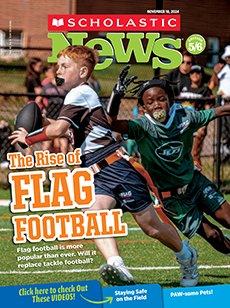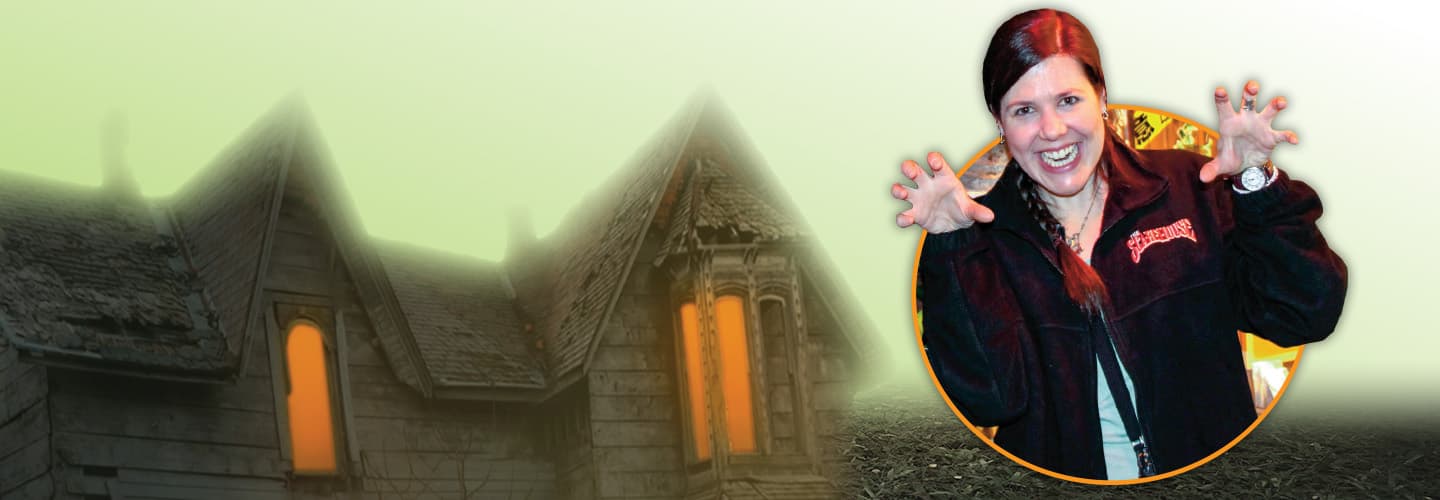Courtesy of Margee Kerr
Margee Kerr
Note: This is a longer version of the interview that appeared in the October 31 issue of Scholastic News.
Growing up, Margee Kerr loved Halloween: the creepy costumes, scary movies, and ghostly decorations. She later turned her interest in all things eerie into a career. Kerr is a sociologist. She studies people’s biggest fears and how they can overcome them. She also helps design haunted houses, making them as scary—and fun—as possible. Kerr recently spoke with Scholastic News about her spooky work. Keep reading . . . if you dare!
Scholastic News: Why should we try to understand what scares us?
Margee Kerr: Fear is a powerful emotion. It’s important to understand our fears so they don’t hold us back. Part of my job is to help people overcome intense fears so they can live full, meaningful lives.
SN: Why do some people like being scared?
MK: Making it through something frightening, like a haunted house, can be really empowering. It gives people a sense of accomplishment. They think, well, I survived this horde of zombies. I can do anything!
SN: How do you design the perfect haunted house?
MK: I think about our different senses: touch, sight, hearing, and smell. Then I create ways to throw people off-balance, such as with startling lights or sounds or blasts of air. There must also be a good story, not just random scary things.
SN: What’s the best part of working with haunted houses?
MK: Seeing people’s faces and hearing their laughter. Ultimately, it’s all about entertainment and helping people have a good time and feel good about themselves.
SN: Why do different people find different things scary?
MK: A lot of it has to do with early childhood experiences. As we encounter things when we’re growing up that hurt us and leave a powerful memory, we can develop pretty intense fears. If someone has a fear of heights, for example, it might be related to a bad fall from a tall piece of playground equipment.
SN: How can kids learn to face their fears?
MK: Find a safe way to confront them. Say you’re afraid of public speaking. Try giving a speech to a friend or relative—someone supportive. That way, you can begin to get comfortable speaking in front of people. Or try this: Write a story about something you’re afraid of and make yourself the hero. Maybe you befriend a spider or win an award for public speaking. That can help your brain turn fear into excitement.
SN: How did you know that you wanted to study fear?
MK: I was a thrill seeker as a kid. I grew up riding horses, and I loved riding my horse really fast and jumping over fences that were probably too high. And I liked scary movies and haunted houses too.
SN: What’s something you want people to know about fear?
MK: That it’s also OK to not like scary stuff. If you try to watch a scary movie and you don’t enjoy it, that’s OK too. The important thing is to always challenge yourself.
Note: This interview has been edited and condensed.

